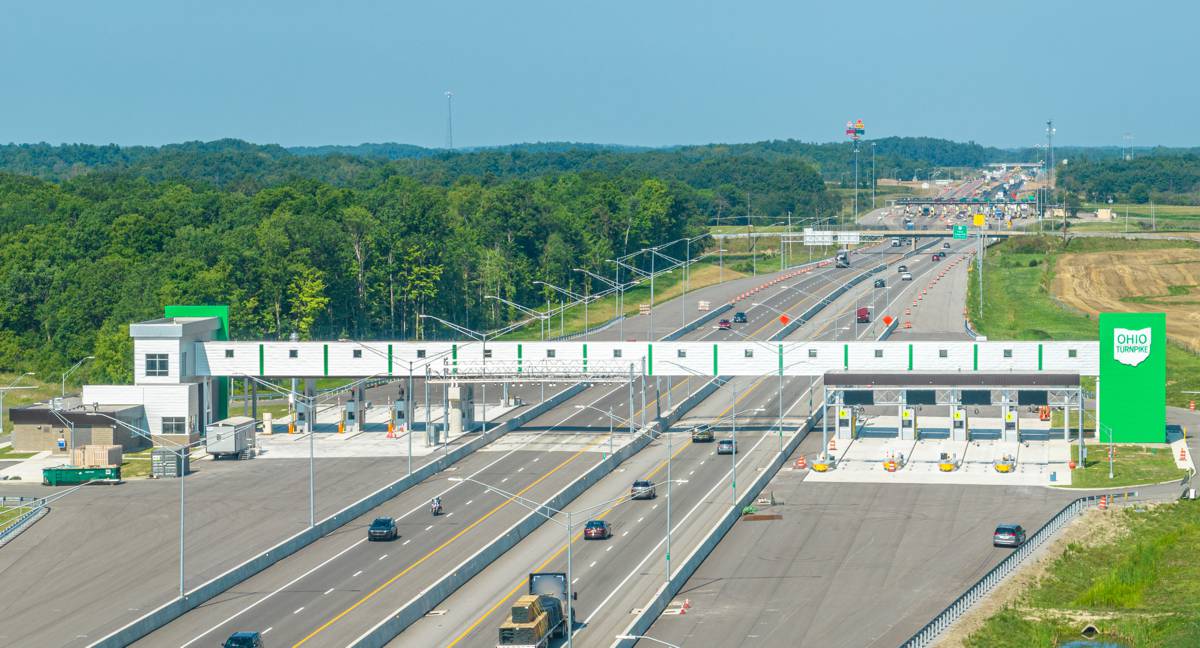National Audit Office reports on the A303 and Stonehenge Tunnel
The Amesbury and Berwick Down project – which involves building a tunnel beneath the Stonehenge World Heritage Site – is at an early stage but there are risks and uncertainty around it being delivered on time and achieving the benefits government hopes it will bring, according to today’s report by the National Audit Office.
The project forms part of the A303 and A358 road corridor which links the South East and South West of England. The Department for Transport (the Department) aims to upgrade the entire A303/A358 to dual carriageway over the 14 years to 2029 through eight individual projects and allow mile a minute journey speeds along the corridor.
The Amesbury and Berwick Down project involves building a tunnel of 3.3km beneath the Stonehenge World Heritage Site. The Department and Highways England expect the tunnel to reduce congestion, support economic growth and improve the setting of the World Heritage Site. It is forecast to cost between £1.5 billion and £2.4 billion, subject to funding approval from HM Treasury and the outcome of commercial negotiations with contractors, with a likely cost of around £1.9 billion (including VAT), and to open to traffic by December 2026.
The project is only estimated to deliver £1.15 in benefits for every £1 spent, in part due to the high cost of building a tunnel. 73% of total benefits are cultural heritage benefits from removing much of the surface road from the World Heritage Site. However, these benefits are based on asking the public how much they would pay to have the road removed from the World Heritage Site and as such are inherently uncertain.
Highways England believes there are significant additional benefits if all eight projects, covering the entire road corridor, are completed and that this will maximise its return on investment on the Amesbury to Berwick Down project. The Department intends to approve each project on its own business case and has committed to start two other projects alongside the Amesbury to Berwick Down project by March 2020. However, it considers the remaining five projects to be low to poor value for money. Highways England may therefore struggle to justify future investment if they are assessed on an individual basis. If it does not upgrade the whole corridor, it will not be able to help unlock the full growth potential in the South West.
The Amesbury to Berwick Down project has been delayed because of decisions about how it will be funded. It was initially going to be publicly financed, but in October 2016 HM Treasury instructed the Department to use private finance, delaying the planned start of construction from March 2020 to December 2021. In October 2018, the Chancellor of the Exchequer cancelled future private finance deals, which included the Amesbury to Berwick Down project. At February 2019, Highways England had spent £53 million on the project. HM Treasury has granted it a further £21.5 million of funding for pre-construction works. The government says it remains committed to the project, but it is not clear how the project will be funded.
There are risks that Highways England and the Department will need to manage to ensure the project has a realistic chance of delivering value to taxpayers. Highways England is still working to an open date of December 2026 despite delays to the project, resulting in a very tight construction timetable. There are also geological and archaeological risks.2 While Highways England is working to lessen these risks, it also needs to make sure it can support the project throughout its life; the operation, maintenance and renewal costs are expected to be £524 million (2016 prices) over 60 years.
Previous attempts to construct a tunnel have been cancelled due to escalating costs and disagreements between stakeholders. Highways England has managed to gain agreement in principle from key stakeholders such as the National Trust and Historic England but other bodies, including the UNESCO World Heritage Committee, have raised concerns.
The NAO recommends that Highways England and the Department keep in view the open to traffic date of December 2026 to ensure it remains realistic. They should also engage effectively with other government departments and stakeholders to ensure all the expected benefits of the project are delivered.
Amyas Morse, the head of the NAO, said today: “The tunnel at Stonehenge is currently only just value for money by the Department’s own business case. Based on experience, project costs tend to grow rather than fall, at least in the early years. It will take a very special effort by the Department to protect public value up to completion.”















